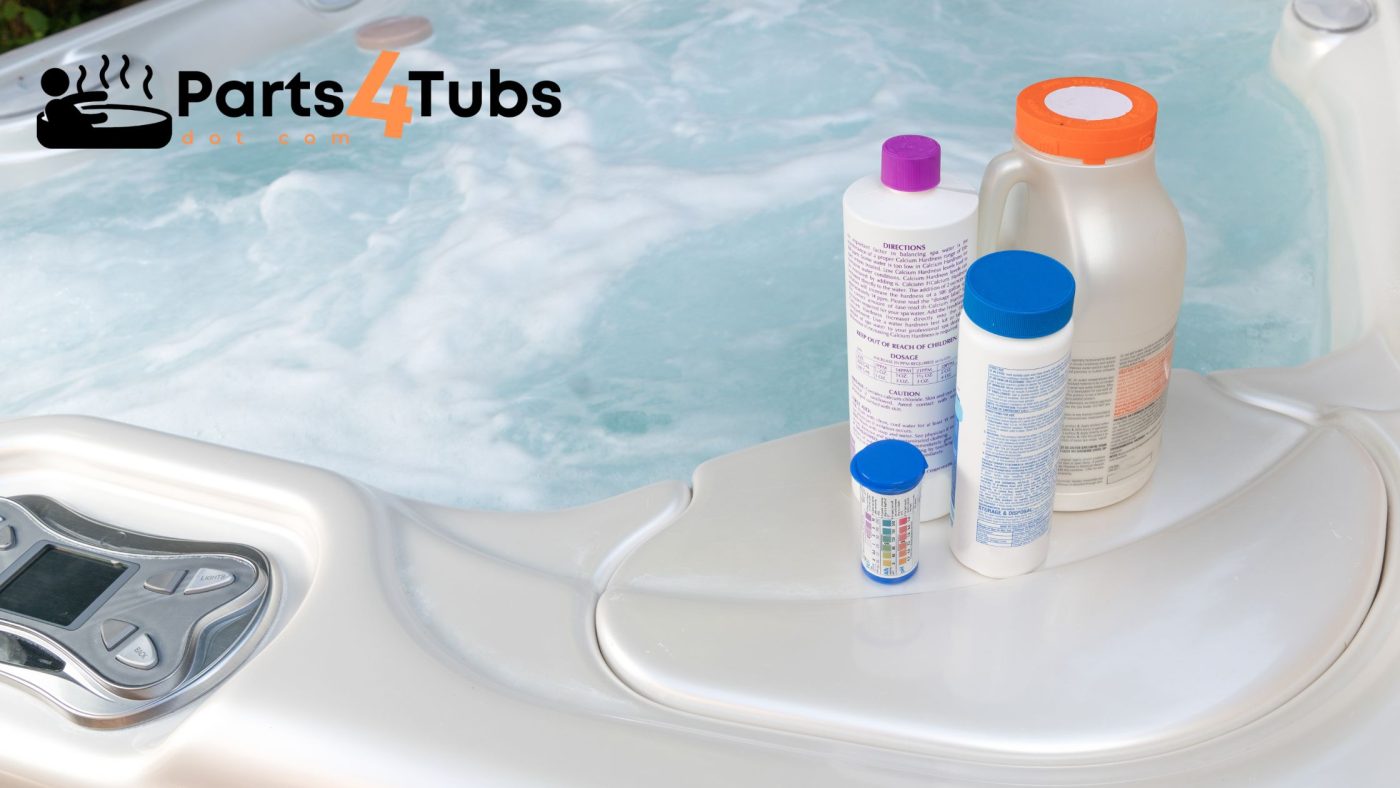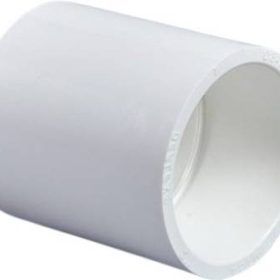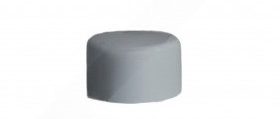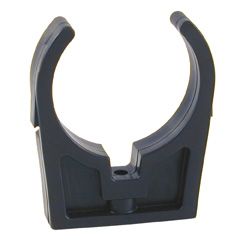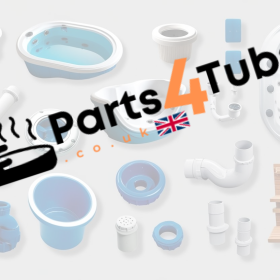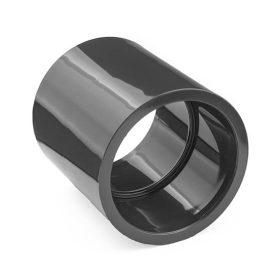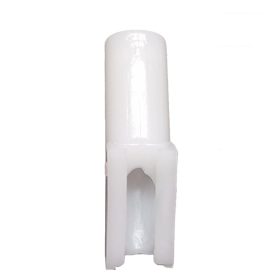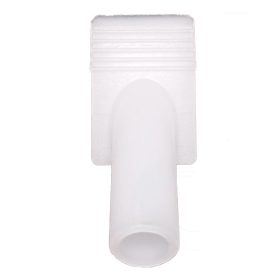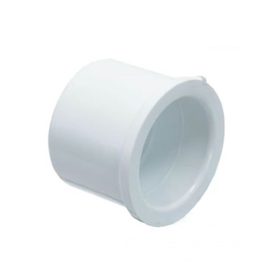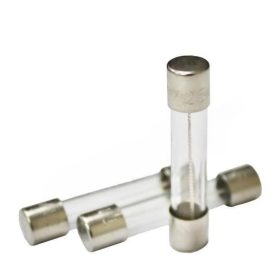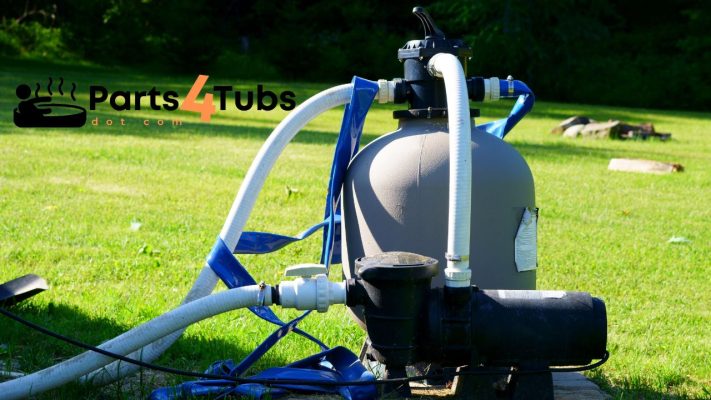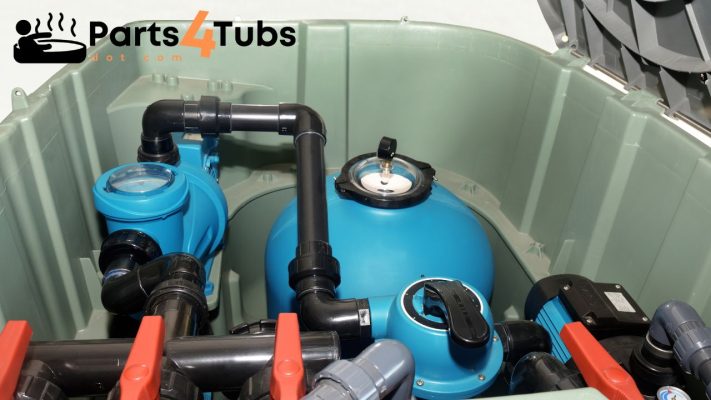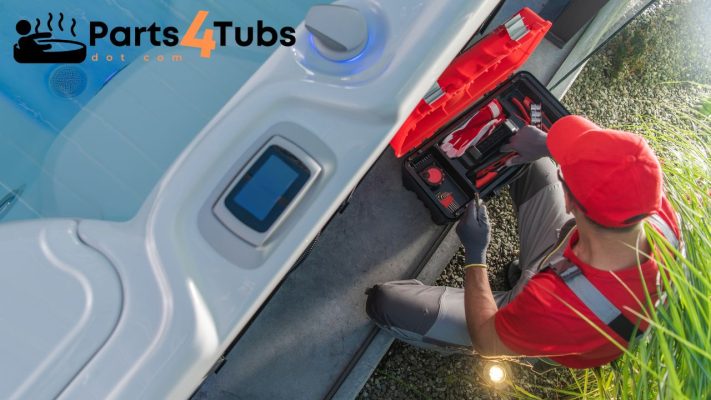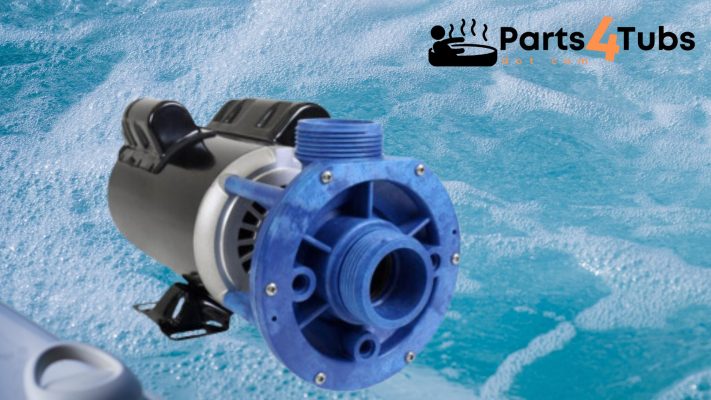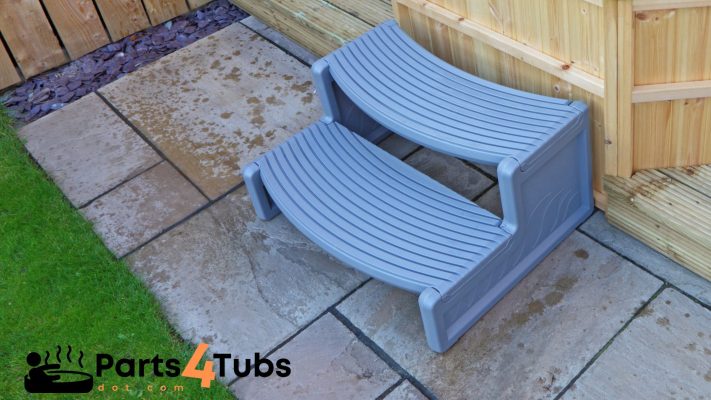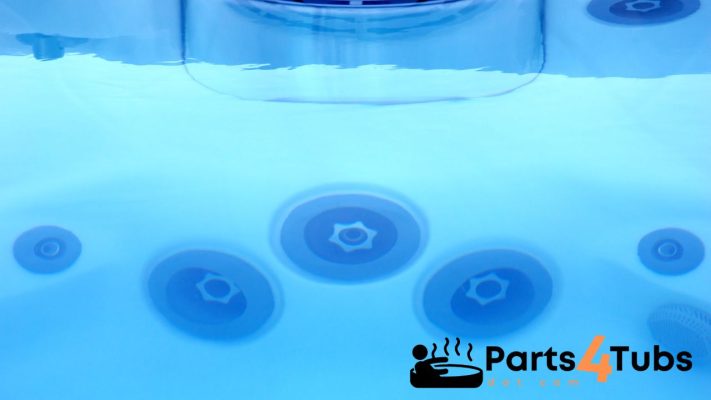Hot Tub Parts Related
How to Shock a Hot Tub – the right way!
Welcome to my comprehensive guide on how to shock your hot tub! As a hot tub enthusiast and the founder of Parts4Tubs.com, your trusted source for all things hot tub-related, I understand the importance of maintaining clean and sanitized water in your hot tub.
One essential step in achieving this is properly shocking your hot tub. In this article, I will walk you through the step-by-step process of effectively shocking your hot tub to ensure crystal clear and hygienic water for your relaxation and enjoyment.
Whether you are a new hot tub owner or simply seeking to refresh your knowledge, this guide will provide you with the information you need to confidently maintain your hot tub’s water quality.
Let’s dive in and discover the secrets to successful hot tub shocking!
What is hot tub shock?
Hot tub shock, also known as spa shock or oxidizer, is a chemical treatment used to sanitize and maintain the cleanliness of the water in a hot tub. It is an essential part of hot tub water care and helps to keep the water safe and free from harmful bacteria, viruses, and contaminants.
Hot tub shock typically comes in the form of a granular or powdered chemical compound, such as chlorine or non-chlorine shock. It is designed to quickly raise the sanitizer level in the water, eliminating organic compounds, chloramines, and other unwanted substances that can cause cloudy water, odours, and skin irritation.
The primary purpose of using hot tub shock is to oxidize and break down organic matter, including body oils, sweat, lotions, and other residues that accumulate in the water. By oxidizing these contaminants, shock treatments help to maintain crystal clear and hygienic water in the hot tub.
Regularly shocking the hot tub is an important part of hot tub maintenance and should be done according to the manufacturer’s recommendations or a predetermined schedule. It is typically recommended to shock the hot tub weekly or after heavy usage or events that may introduce additional contaminants into the water.
it’s important to follow the instructions provided by the manufacturer and use the appropriate dosage for your specific hot tub and water conditions. It’s also crucial to test the water regularly using a reliable water testing kit to ensure the correct balance of sanitizer and pH levels.
By incorporating hot tub shock into your regular water care routine, you can help prevent cloudy water, eliminate odours, and maintain a clean and inviting hot tub environment. Remember to store shock treatments in a cool, dry place, away from direct sunlight and moisture, and keep them out of reach of children and pets.
What are the different types of hot tub shock?
There are primarily two types of hot tub shock treatments available: chlorine-based shock and non-chlorine shock. Let’s take a closer look at each type:
- Chlorine-based shock: Chlorine shock is a powerful oxidizer that contains chlorine as its active ingredient. When added to the hot tub water, it quickly raises the chlorine level, sanitizes the water, and eliminates contaminants. Chlorine shock is effective in killing bacteria, viruses, and algae. It helps to break down organic matter, eliminate odours, and restore clarity to the water. However, it’s important to note that using chlorine shock may increase the chlorine level in the hot tub, so it’s necessary to monitor and balance the chlorine levels accordingly.
- Non-chlorine shock: Non-chlorine shock, also known as MPS (monopersulfate) shock, is an alternative to chlorine-based shock. It works by oxidizing organic contaminants in the water without adding chlorine. Non-chlorine shock is a popular choice for hot tub owners who are sensitive to chlorine or prefer a chlorine-free water care routine. It helps to eliminate chloramines, which are responsible for chlorine odor and skin and eye irritation. Non-chlorine shock is typically used in conjunction with a sanitizer, such as chlorine or bromine, to maintain an effective residual sanitizer level in the hot tub water.
Both chlorine-based shock and non-chlorine shock are effective in maintaining clean and clear hot tub water. The choice between the two depends on personal preference, sensitivity to chlorine, and the specific water care routine you follow. It’s important to carefully read and follow the instructions provided by the manufacturer when using any type of hot tub shock to ensure proper dosing and usage.
Remember to regularly test the water using a reliable water testing kit to maintain the correct balance of sanitizer and pH levels. This will help ensure a safe and enjoyable hot tub experience.
Why do you need to shock a hot tub?
Shocking a hot tub is an essential part of regular maintenance and water care. There are several reasons why it’s important to shock a hot tub:
Sanitization:
The primary purpose of shocking a hot tub is to sanitize the water and ensure it is free from harmful bacteria, viruses, and other contaminants. Hot tubs provide an ideal environment for the growth of microorganisms, as they are warm, moist, and often exposed to organic matter from body oils, lotions, and other substances. Shocking the hot tub helps to eliminate these microorganisms and keep the water safe and hygienic for bathers.
Oxidation:
Hot tub shock treatments are powerful oxidizers. They help to break down and remove organic compounds that accumulate in the water, such as body oils, sweat, cosmetics, and environmental debris. These organic substances can cause cloudy water, unpleasant odours, and skin irritation. By oxidizing them, shock treatments improve water clarity, eliminate odours, and enhance overall water quality.
Removal of Chloramines:
Chloramines are formed when chlorine combines with ammonia or other nitrogen-containing compounds present in the water. These chloramines can cause a strong chlorine odour, eye irritation, and skin discomfort. Shocking the hot tub helps to eliminate chloramines, reducing their presence in the water and improving the overall bathing experience.
Preventing Algae and Biofilm Formation: Algae growth and the formation of biofilm can be a common issue in hot tubs. Shock treatments help to inhibit the growth of algae and prevent the formation of biofilm on surfaces, such as the walls, jets, and plumbing lines of the hot tub. Regular shocking can help to maintain a clean and algae-free hot tub environment.
Maintenance of Water Balance:
Shocking a hot tub can help to maintain the proper balance of chemicals in the water. It helps to ensure that the sanitizer level, pH level, and total alkalinity are within the recommended range. Balanced water is not only safer for bathers but also helps to prolong the life of hot tub components and minimize potential issues.
How often should you shock a hot tub?
It’s important to note that the frequency of hot tub shocking may vary depending on factors such as hot tub usage, bather load, and environmental conditions. Generally, it is recommended to shock the hot tub on a weekly basis or after heavy usage. However, it’s always advisable to follow the manufacturer’s guidelines and test the water regularly using a reliable water testing kit to determine the appropriate shocking schedule for your specific hot tub.
By regularly shocking your hot tub, you can ensure a clean, safe, and enjoyable soaking experience. If you have any concerns or questions about hot tub shock treatments or water care, consulting with a hot tub professional or a trusted supplier can provide valuable guidance and support.
How do you shock a hot tub?
Shocking a hot tub involves adding a specific amount of shock treatment to the water to effectively sanitize and oxidize it. Here’s a step-by-step guide on how to shock a hot tub:
- Test the Water: Start by testing the water using a reliable water testing kit. This will help you determine the current levels of sanitizer (chlorine or bromine) and pH in the hot tub.
- Calculate the Amount of Shock Treatment: Refer to the manufacturer’s instructions on the shock treatment product for the recommended dosage based on your hot tub’s water volume. It’s important to follow the instructions closely to avoid adding too much or too little shock treatment.
- Prepare the Shock Treatment: If using granular shock treatment, dissolve it in a bucket of water according to the product instructions. If using shock treatment in pre-measured packets, simply open the packet.
- Turn on the Circulation System: Start the hot tub’s circulation system to ensure proper distribution of the shock treatment throughout the water.
- Add the Shock Treatment: Slowly pour the dissolved shock treatment or drop the pre-measured packets into the hot tub water, distributing it as evenly as possible. Avoid adding the shock treatment directly onto the hot tub surface to prevent potential staining or damage.
- Run the Jets: Turn on the hot tub jets and let them run for several minutes. This will help mix the shock treatment thoroughly with the water and ensure it reaches all parts of the hot tub.
- Wait and Circulate: Allow the hot tub’s circulation system to run for the recommended period specified by the shock treatment product instructions. This typically ranges from 15 minutes to a few hours, depending on the product.
- Retest and Adjust: After the recommended waiting period, use your water testing kit to check the sanitizer and pH levels in the hot tub. Adjust the levels, if necessary, to maintain the proper balance.
- Wait Before Use: It’s important to wait until the shock treatment has fully dissolved and the sanitizer levels have returned to the appropriate range before using the hot tub. This typically takes a few hours, but refer to the shock treatment product instructions for specific guidance.
Remember, always follow the instructions provided by the shock treatment manufacturer for dosage and usage. Additionally, ensure that you are using a shock treatment suitable for your hot tub’s specific sanitizer (chlorine or bromine) and follow proper safety precautions while handling the product.
Regularly shocking your hot tub, typically on a weekly basis or after heavy usage, will help maintain clean, clear, and properly sanitized water. By establishing a routine and testing the water regularly, you can ensure a safe and enjoyable hot tub experience. If you have any doubts or questions, consulting with a hot tub professional or a trusted supplier can provide further guidance tailored to your specific hot tub model and water care needs.
Happy Hot Tubbin’
Andi
Can I Help You?
If I can help you in any way I would love to hear from you. You can get in touch using the form below.
Thanks - Andi

